New probes using incredibly bright dyes could help detect COVID-19 earlier, leading to faster testing even when only trace amounts of SARS-CoV-2 RNA are present.
As the COVID-19 pandemic continues, scientists search for ways to catch positive cases earlier and run samples faster. Rapid testing is crucial to slow the spread of the virus. High-brightness dyes offer the promise of greatly improving COVID-19 testing methods. That’s why the National Science Foundation (NSF) approved a new $256,000 grant for high-brightness fluorophores developed by Michigan Technological University researchers and StabiLux Biosciences, a Michigan-based health tech business founded by MTU faculty.
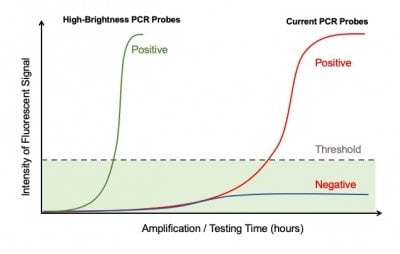
Currently, COVID-19 tests either detect viral RNA — genetic material from the SARS-CoV-2 virus — or immunoglobulin G (IgG) and immunoglobulin M (IgM) antibodies in samples. Antibody detection methods only work for patients who contracted COVID-19 more than seven to 14 days ago, which is not helpful for early detection, quarantining and treatment.
RNA extraction techniques are usually based on polymerase chain reaction (PCR) methods, like those used in the Michigan Tech COVID-19 testing lab. PCR methods require lengthy thermal cycles to concentrate virus RNA in a given sample, which can lead to a 20% to 30% replication error rate.
The Michigan Tech-StabiLux team has invented a testing approach using high-brightness PCR probes. Based on recently developed proprietary dyes several thousand times brighter than commercial products, the probes will detect the novel coronavirus with trace RNA in a much shorter time period and with fewer thermal cycles. These high-brightness dyes could enable more robust testing and monitoring of viral RNA and could be applied to other virus and pathogen testing as well.
A Vote of Confidence from NSF
The National Science Foundation (NSF) Division of Innovation and Industrial Partnerships (IIP) solicited research proposals for sensitive detection, effective vaccines and in-depth virology studies that will positively impact U.S. and global response to COVID-19. StabiLux answered that call and has been awarded a Small Business Technology Transfer (STTR) Phase I grant for its high-brightness dyes research.
The novel high-brightness PCR probes project is a collaboration between Xiuling Liu, a postdoc in the physics department and StabiLux research scientist, and Dongyan Zhang, adjunct associate professor of physics. The high-brightness PCR probe technology was co-invented by Nazmiye Yapici ‘13, the chief scientist at StabiLux and postdoc in the physics department, and Yoke Khin Yap, University Professor of physics and the founder of StabiLux — both of whom are also collaborators on the grant.
“Being able to detect, quantify, and track viral RNA at low concentration and high accuracy will expedite tests, reduce false negatives and accelerate vaccine and drug development to reduce the impacts of COVID-19 and of future pandemics,” Yap said. “The success of the novel PCR probes will save lives, accelerate the development of working vaccines and recover economic, social and educational activities.”
The Benefits of Tech Transfer
The original high-brightness dye technology is currently funded as a NSF STTR Phase IIB project for rare antigens detection by flow cytometry. Funding for the Phase I and Phase II projects, led by Yapici, tops $1.6 million.
“The primary goal of technology transfer is to achieve societal benefit from discoveries made by researchers,” said Jim Baker, associate vice president for research administration. “This recent support from NSF to investigate applications of our technology to address COVID-19 is a great example of the potential public benefit achieved through the commercialization of Michigan Tech research outcomes.”
StabiLux has begun raising Series A funding to sustain their commercialization efforts. StabiLux was an Innovation Showcase finalist in a recent international conference, CYTO, and is a finalist at the Invest360 health care event on Sept. 24.
“This technology will be disruptive to the $5.5 billion PCR market and help scientists develop a better virology understanding to prevent future pandemics,” said Steve Tokarz, CEO at StabiLux.
While the work is still in the research stage, the research team expects high-brightness fluorophore dyes will lead to breakthroughs in immunology, drug discovery and medical diagnosis.
Research Award
Yoke Khin Yap won the 2018 Michigan Tech Research Award for his research on boron nitride nanotubes. In 2020, Yap was awarded the title of Michigan Tech University Professor for his significant contributions to the University.
Michigan Technological University is an R1 public research university founded in 1885 in Houghton, and is home to nearly 7,500 students from more than 60 countries around the world. Consistently ranked among the best universities in the country for return on investment, Michigan's flagship technological university offers more than 185 undergraduate and graduate degree programs in science and technology, engineering, computing, forestry, business, health professions, humanities, mathematics, social sciences, and the arts. The rural campus is situated just miles from Lake Superior in Michigan's Upper Peninsula, offering year-round opportunities for outdoor adventure.
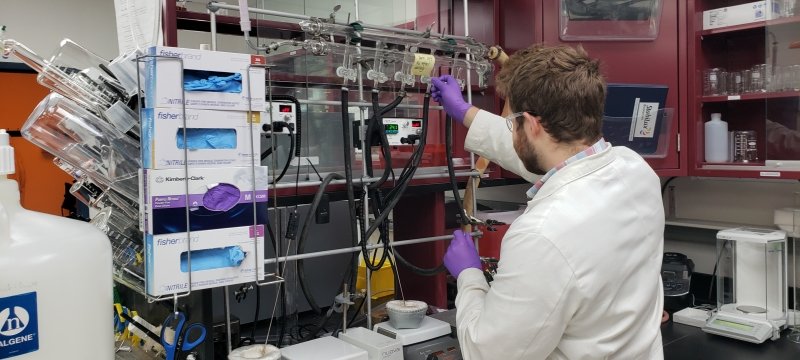
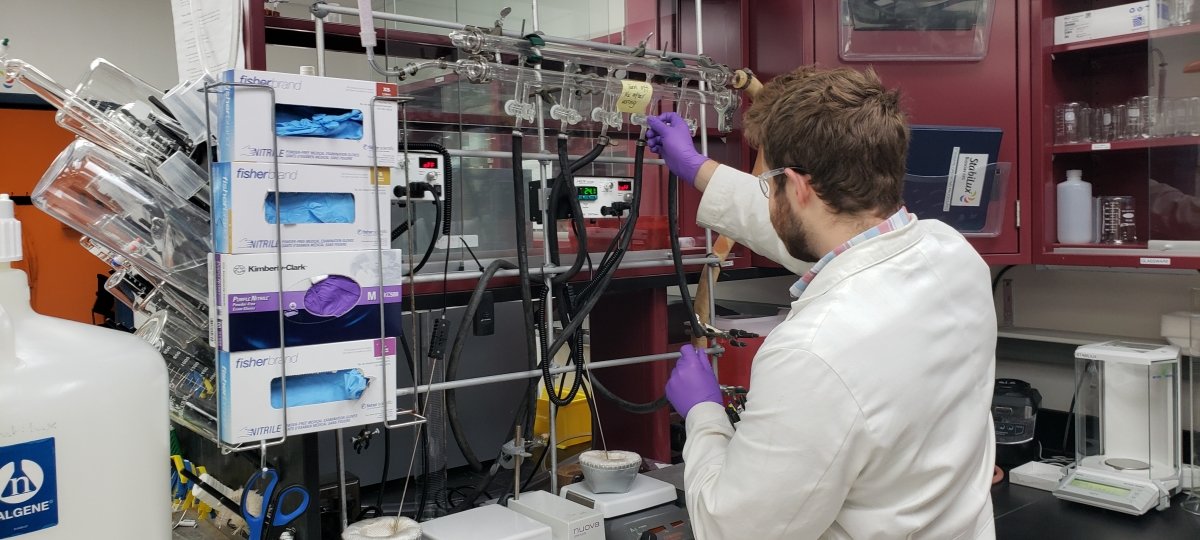
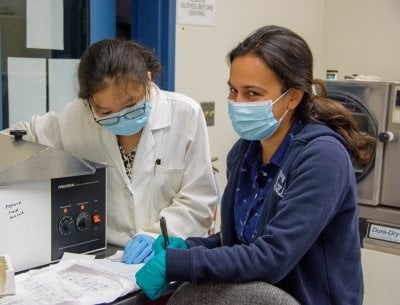

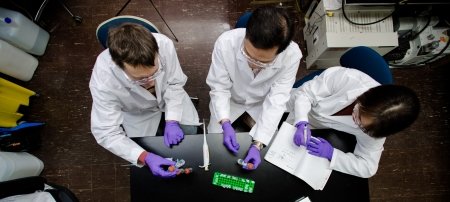

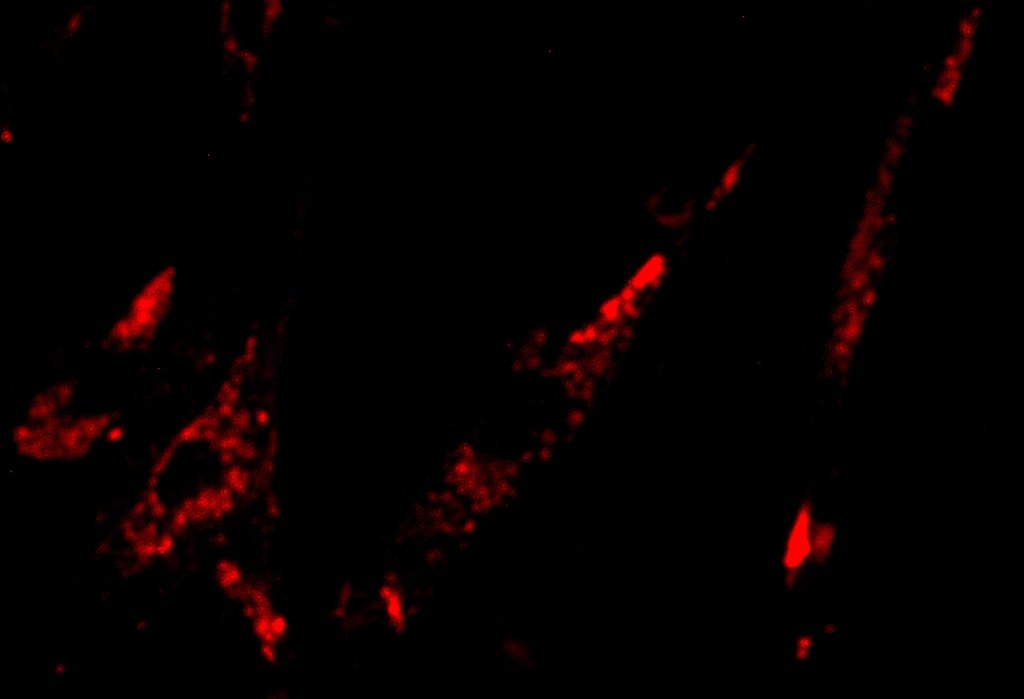
Comments